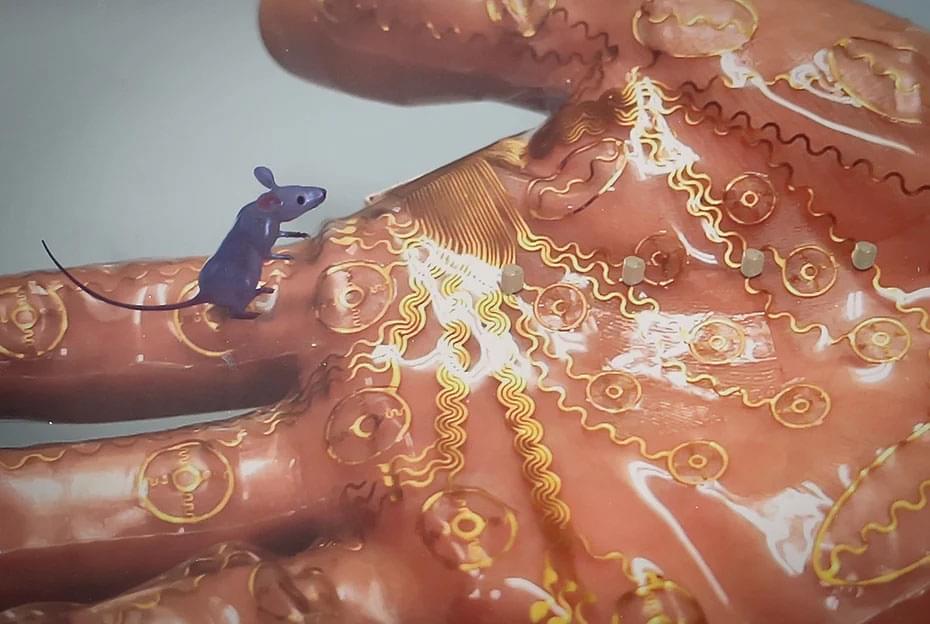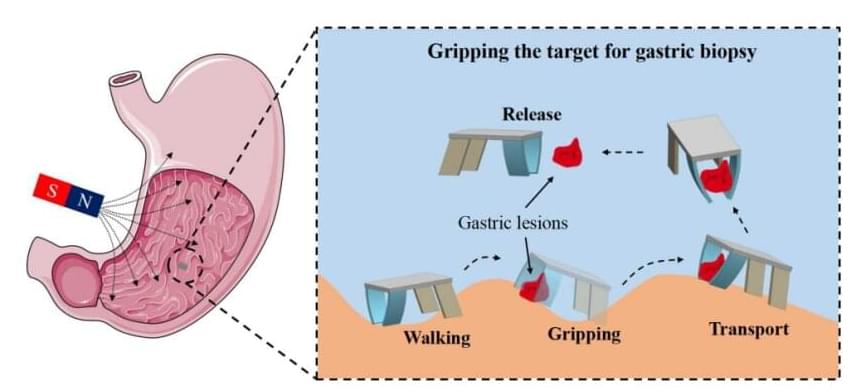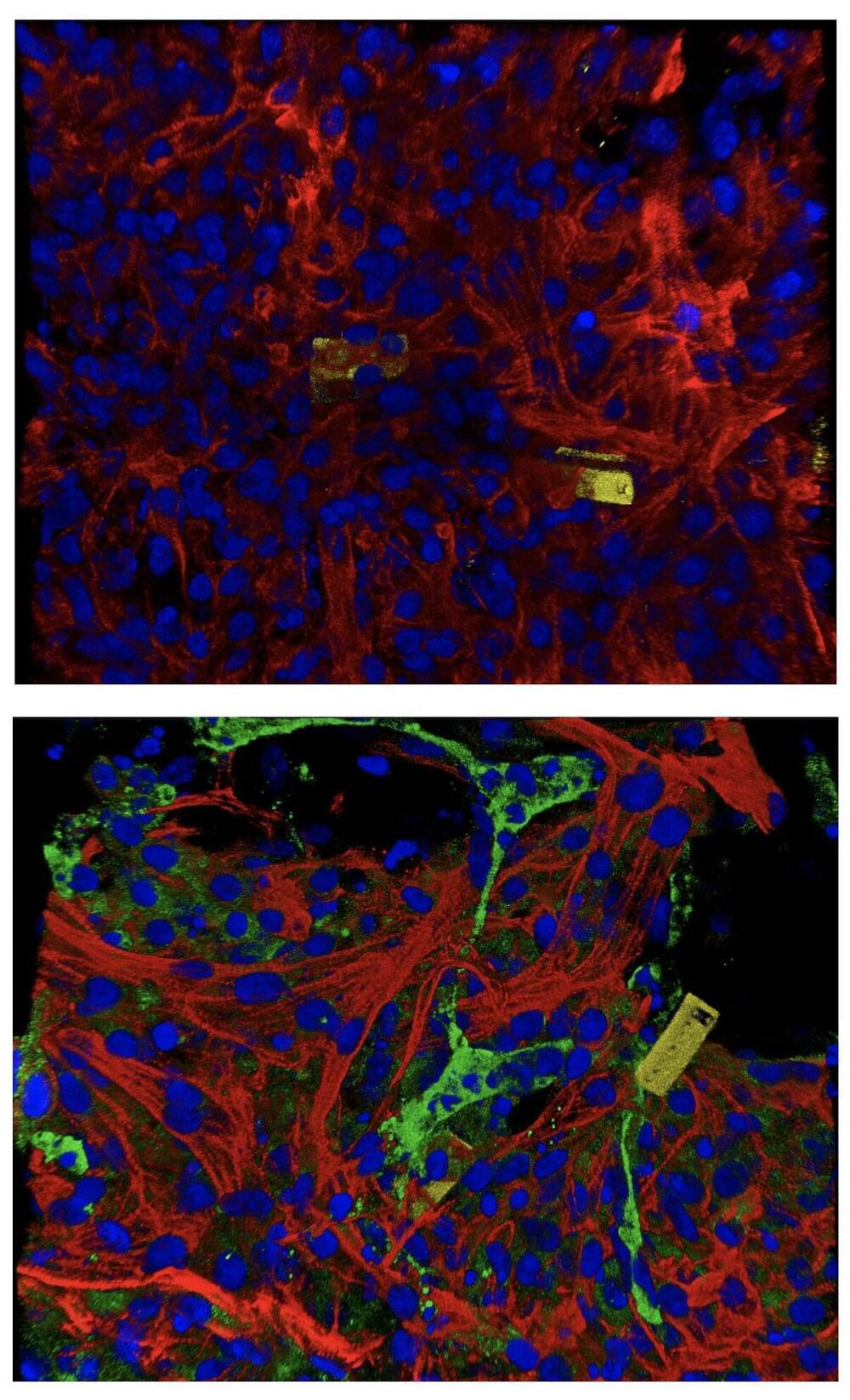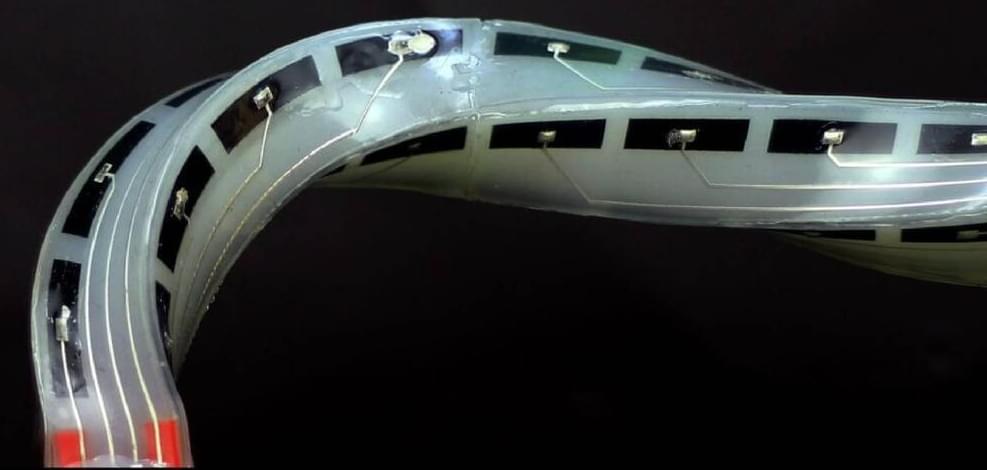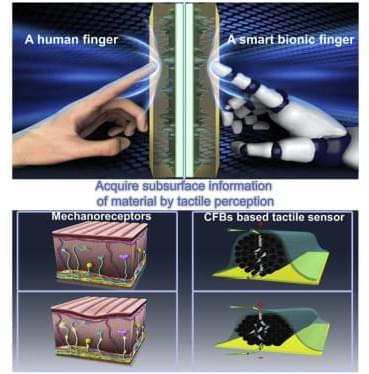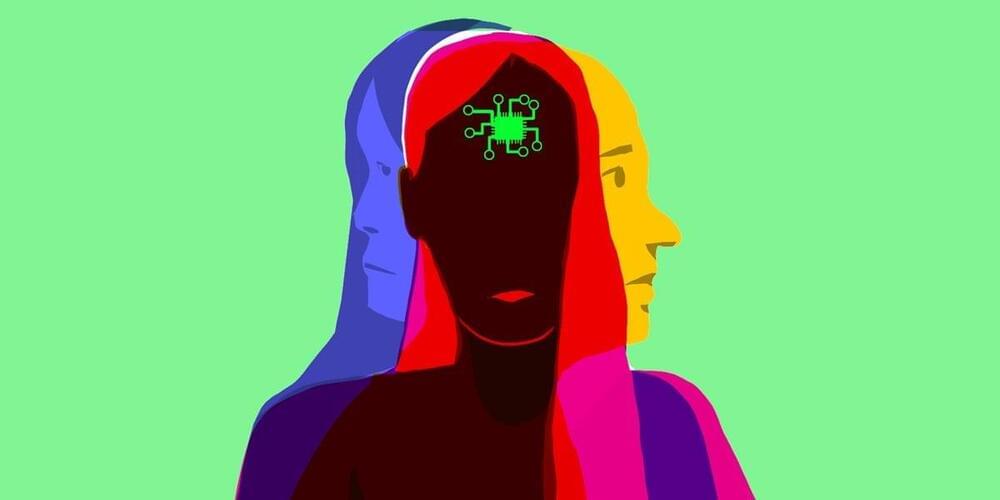The sense of touch may soon be added to the virtual gaming experience, thanks to an ultrathin wireless patch that sticks to the palm of the hand. The patch simulates tactile sensations by delivering electronic stimuli to different parts of the hand in a way that is individualized to each person’s skin.
Developed by researchers at City University of Hong Kong (CityU) with collaborators and described in the journal Nature Machine Intelligence (“Encoding of tactile information in hand via skin-integrated wireless haptic interface”), the patch has implications beyond virtual gaming, as it could also be used for robotics surgery and in prosthetic sensing and control.
‘Haptic’ gloves, that simulate the sense of touch, already exist but are bulky and wired, hindering the immersive experience in virtual and augmented reality settings. To improve the experience, researchers led by CityU biomedical engineer Yu Xinge developed an advanced, wireless, haptic interface system called ‘WeTac’.
